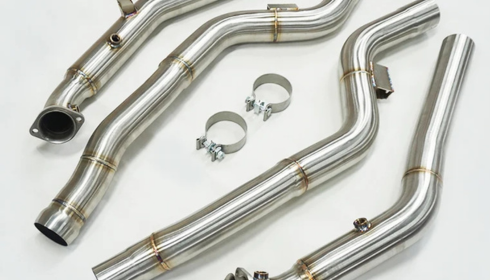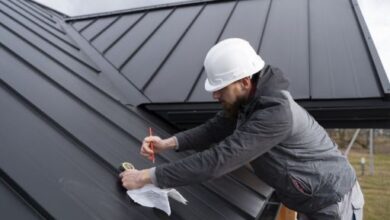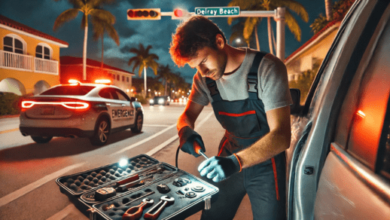Mercedes E63 Downpipe Install: Unlocking Performance and Sound

When it comes to high-performance luxury sedans, the Mercedes E63 AMG stands tall as a symbol of engineering excellence. Equipped with a powerful bi-turbo V8 engine and cutting-edge technology, it’s a favorite among car enthusiasts who crave both comfort and speed. However, for those who want to take their driving experience to the next level, upgrading certain components can make a significant difference. One of the most impactful upgrades is a Mercedes E63 downpipe install.
What is a Downpipe?
The downpipe is a critical component of a turbocharged engine’s exhaust system. It connects the turbocharger to the rest of the exhaust and is responsible for directing the exhaust gases away from the turbine housing. The stock downpipe often includes restrictive catalytic converters and narrow piping, which can limit performance. Aftermarket downpipes offer larger diameters and high-flow catalytic converters or even catless options, allowing for better exhaust flow.
Why Install an Aftermarket Downpipe?
There are several compelling reasons why many E63 AMG owners opt for an aftermarket downpipe:
- Increased Horsepower and Torque
The primary benefit of a downpipe upgrade is a noticeable increase in horsepower and torque. By improving exhaust gas flow, the engine can breathe better, resulting in enhanced turbo spool time and overall performance. Gains of 20-40 HP are not uncommon with a proper tune. - Improved Turbo Efficiency
Reducing backpressure allows the turbocharger to operate more efficiently. This means quicker throttle response and improved boost control, making your E63 even more exhilarating to drive. - Enhanced Exhaust Sound
An aftermarket downpipe can dramatically change the sound of your Mercedes E63 AMG. The exhaust note becomes deeper and more aggressive, especially when paired with a performance cat-back exhaust system. It’s a favorite mod for those who want their car to sound as fast as it drives. - Better Heat Management
High-quality downpipes are often constructed with heat-resistant materials like stainless steel and may include thermal wraps or ceramic coatings. This helps reduce under-hood temperatures and protects surrounding components.
Step-by-Step Downpipe Installation
Installing a downpipe on a Mercedes E63 AMG is a moderately complex task that typically requires a lift and a good set of tools. Here’s a general overview of the process:
- Preparation
Begin by ensuring the car is cool and safely lifted. Disconnect the battery to avoid any electrical issues during installation. - Remove OEM Downpipe
Remove the engine covers, shields, and disconnect the oxygen sensors. Unbolt the factory downpipe from the turbocharger and the exhaust system. This may require some maneuvering due to tight engine bay spaces. - Install the New Downpipe
Fit the new high-flow or catless downpipe into place, making sure it lines up correctly with the turbo flange and the exhaust system. Reinstall the oxygen sensors into their respective bungs. - Final Checks and Tune
Double-check all connections and fittings. Start the vehicle and check for exhaust leaks. A custom ECU tune is highly recommended to maximize performance and prevent engine warning lights due to altered emission readings.
Legal Considerations
It’s important to remember that installing a catless downpipe may not be street-legal in all areas due to emissions regulations. Always check your local laws before proceeding with this modification.
Tuning and Supporting Mods
To fully realize the benefits of a downpipe, a custom ECU tune is essential. This ensures that the engine management system is calibrated to handle the increased airflow. Additionally, pairing the downpipe with an upgraded intake and intercooler can further boost performance.
Final Thoughts
A Mercedes E63 downpipe install is one of the most rewarding upgrades for enthusiasts seeking more power and sound from their AMG. While the installation requires some mechanical know-how, the end result is a faster, louder, and more responsive driving experience. For best results, always choose high-quality parts and work with experienced technicians or reputable tuning shops.





